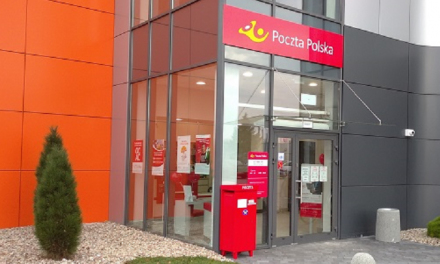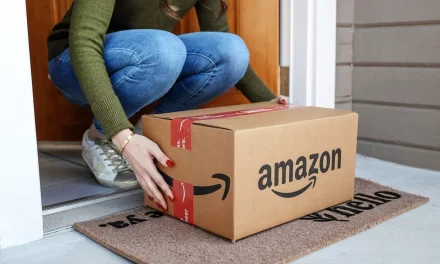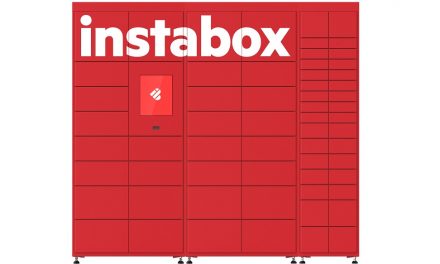
You want it when?

Kees de Vos, Chief Product and Marketing Officer of MetaPack, considers how the industry should respond to the demand for same-day delivery. As the retail industry increasingly sees delivery as a key differentiator in exceeding consumer expectation, retailers such as Amazon, Asos, John Lewis and others are looking at innovative ways to make delivery cheaper and more convenient for customers. With this move towards convenience and speed, same-day delivery has increasingly come into the spotlight.
But in the scramble to keep up, those retailers preparing to embark on same-day delivery may soon find that giving customers what they want, as fast as they want, is trickier – and more costly – than they bargained for.
One thing is for sure. The promise of faster delivery resonates well with today’s consumers who increasingly demand greater choice, convenience and flexibility when it comes to receiving their online orders. Expectations which are being fuelled by the ‘I want it now’ generation of young Millennials who are less inclined to wait three days for purchases to be delivered.
As our research of UK consumers aged 18-24 reveals, these digital natives want their delivery fast and on their terms, with 33% saying that for them it’s all about speed. Yet when it comes to paying, 55% say they value free delivery the most.
For retailers, this creates a dilemma. As they strive to satisfy consumer demands for instant gratification, retailers need to confirm that demand for same-day delivery is high enough to remain profitable. How much will it cost? What product categories should be available? At what price point will it prove acceptable to customers using the service? And how can we educate consumers to take advantage of the offering?
While standard delivery options may suit some shoppers, most consumers increasingly expect delivery to fit around their lifestyle and the urgency of their demand. They’re happy to pay a premium for the immediacy of being able to order a product in the morning – and receive it at home or at work in the afternoon.
What today’s shoppers want is ultimate flexibility. Those retailers that crack the same-day delivery challenge are likely to win consumer hearts and minds; indeed, when we asked consumers what new services they’d be most likely to use in the future, 76% of those participating in our 2014 Delivering Consumer Choice survey confirmed same-day delivery topped their wish list.
Ultimately, customer demand for speed will cause the delivery window for certain deliveries to reduce dramatically. Retailers must prepare for this change and establish how to achieve this in an effective way while keeping bottom line costs under control.
So what should retailers be asking themselves as they evaluate the same-day delivery conundrum and set out the operational considerations for getting it right? Firstly, same day delivery is not suitable for all retailers, so they should talk to customers and see how much of an appetite they have for the service and whether they believe it justifies the costs that will be necessary. They should consider the types of products that customers are likely to buy using this service and whether their own product mix is a good fit. For example, retailers specialising in groceries, flowers or medicines or, in a B2B scenario, emergency parts for plumbers or electricians, have a clear case for offering same day delivery.
Thought should also be given to flexible delivery destinations, which will be important if the item is truly urgent. If customers view products as necessary in an emergency, or if they are tied to an event, such as a Christmas or Mother’s Day gift, they will be more likely to accept an appropriate charge for the service. It is certainly not realistic to expect same day delivery to be free.
Apart from the demand from consumers, retailers should also think about the logistics. The costs of offering same day delivery will need to be assessed thoroughly and not underestimated. Orders are likely to be mainly fulfilled from stores, being closer to consumers than central distribution centres, but this will incur investment in new technology to manage the process of dispatch and integration with ERP and ecommerce.
What about the impact that same day delivery may have on in-store collections or in-store purchasing? Consumers who switch to same day delivery could represent a loss of revenue from an in-store impulse purchase so it will be important to examine the consequences of introducing the service and forecast appropriately.
Finally consideration must be given to the delivery itself. Deliveries are usually managed from central distribution centres, but the same day delivery model will necessitate orders being sent from stores. This will have a significant effect on dispatch volumes, so retailers must consider whether customer expectations can be met by the existing arrangements and contracts with carrier services or whether they should be looking carefully at implementing automatic data transfer to carriers, having comprehensive visibility of order progress and the ability to provide progress notifications to customers.
The conclusion….proceed with caution. Pilot projects can determine customer response and the best ways to deal with the many logistical issues. Good communications with all stakeholders will also provide a thorough overview of the demand for, and the implications of offering same day service, and ultimately give retailers the benefits of the bigger picture before making an informed decision.













